- Joined
- Feb 24, 2023
- Messages
- 19
- Reaction score
- 11
I apologize in advance as I have seen this topic posted somewhere here before but without going into various nuanced situations. I wanted to ask in regards to various situations as I am a bit confused at some of the cultural nuances and expectations. Basically I want to know if I am speaking correctly, cause I don't want to come off as a prick but I don't want to sound like a tool either
1. Between customer and management staff
I'm aware that the customer is put on a pedestal, but if there is a clear difference in age (customer being much younger), is teinego still the most appropriate form among the other keigos?
2. Between customer and older provider
If the provider your seeing is older than you, despite the fact that you're the customer, is it expected to use various keigo forms? I'm aware this isn't the case for younger providers relative to your age (except when scheduling).
3. Dropping keigo
When dropping keigo, is it better to do it exactly upon meeting the provider? Or it better to ask?
1. Between customer and management staff
I'm aware that the customer is put on a pedestal, but if there is a clear difference in age (customer being much younger), is teinego still the most appropriate form among the other keigos?
2. Between customer and older provider
If the provider your seeing is older than you, despite the fact that you're the customer, is it expected to use various keigo forms? I'm aware this isn't the case for younger providers relative to your age (except when scheduling).
3. Dropping keigo
When dropping keigo, is it better to do it exactly upon meeting the provider? Or it better to ask?



